The forthcoming iPhone 15 will incorporate a new sensor by Sony (the sensor was announced a year ago in Dec 2021) which is characterized by a unique 2-Layer Transistor Pixel architecture, in order to enable wider dynamic range and reduced noise. A major breakthrough in the camera capabilities of the next iPhone models?

Sony sensors in Apple’s iPhone
It’s not a secret that Sony is the dominant sensor manufacturer utilized by Apple on its iPhones. For instance, the Sony IMX703 sensor (4032 x 3024, 12.2 Mp and size of 1/1.65”) is implemented in iPhone 13 Pro, iPhone 13 Pro Max, iPhone 14, and iPhone 14 Plus. However, it appears, according to a report by Nikkei, that the anticipated iPhone 15 will incorporate a brand new sensor (also by produced Sony) with a novel architecture titled 2-Layer Transistor Pixel. This sensor design will allow videographers to shoot enhanced imagery with better dynamic range and reduced noise levels.
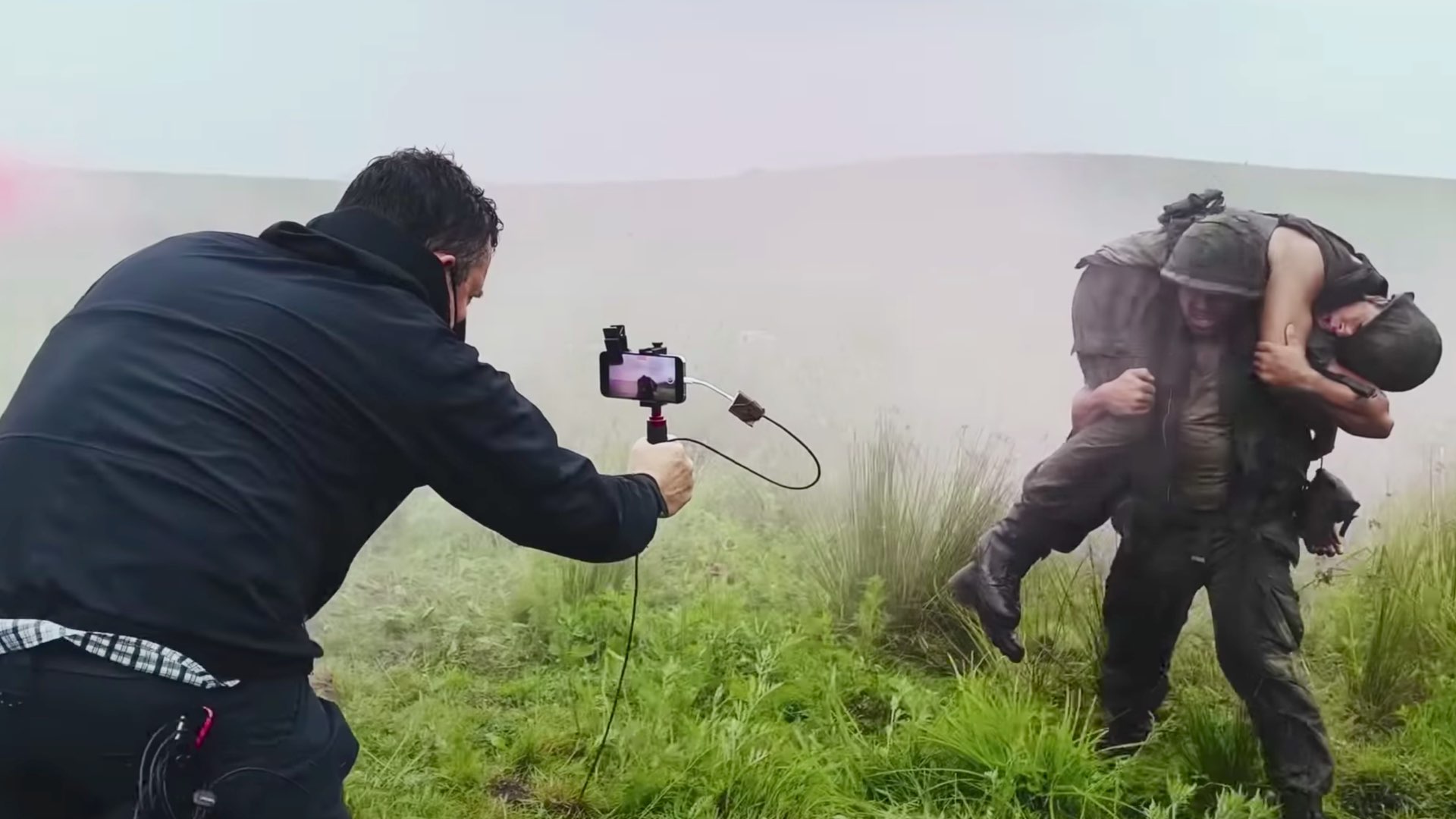
iPhone 15 image sensor: 2-Layer Transistor Pixel
The sensor for the iPhone 15 Pro was announced in December 2021. Sony has introduced the sensor with the title: “World’s First Stacked CMOS Image Sensor Technology with 2-Layer Transistor Pixel, Widens Dynamic Range and Reduces Noise by Approximately Doubling Saturation Signal Level”. As explained by Sony: “Whereas conventional CMOS image sensors’ photodiodes and pixel transistors occupy the same substrate, Sony’s new technology separates photodiodes and pixel transistors on different substrate layers. This new architecture approximately doubles the saturation signal level relative to conventional image sensors, widens dynamic range, and reduces noise, thereby substantially improving imaging properties. The new technology’s pixel structure will enable pixels to maintain or improve their existing properties at not only current but also smaller pixel sizes”.
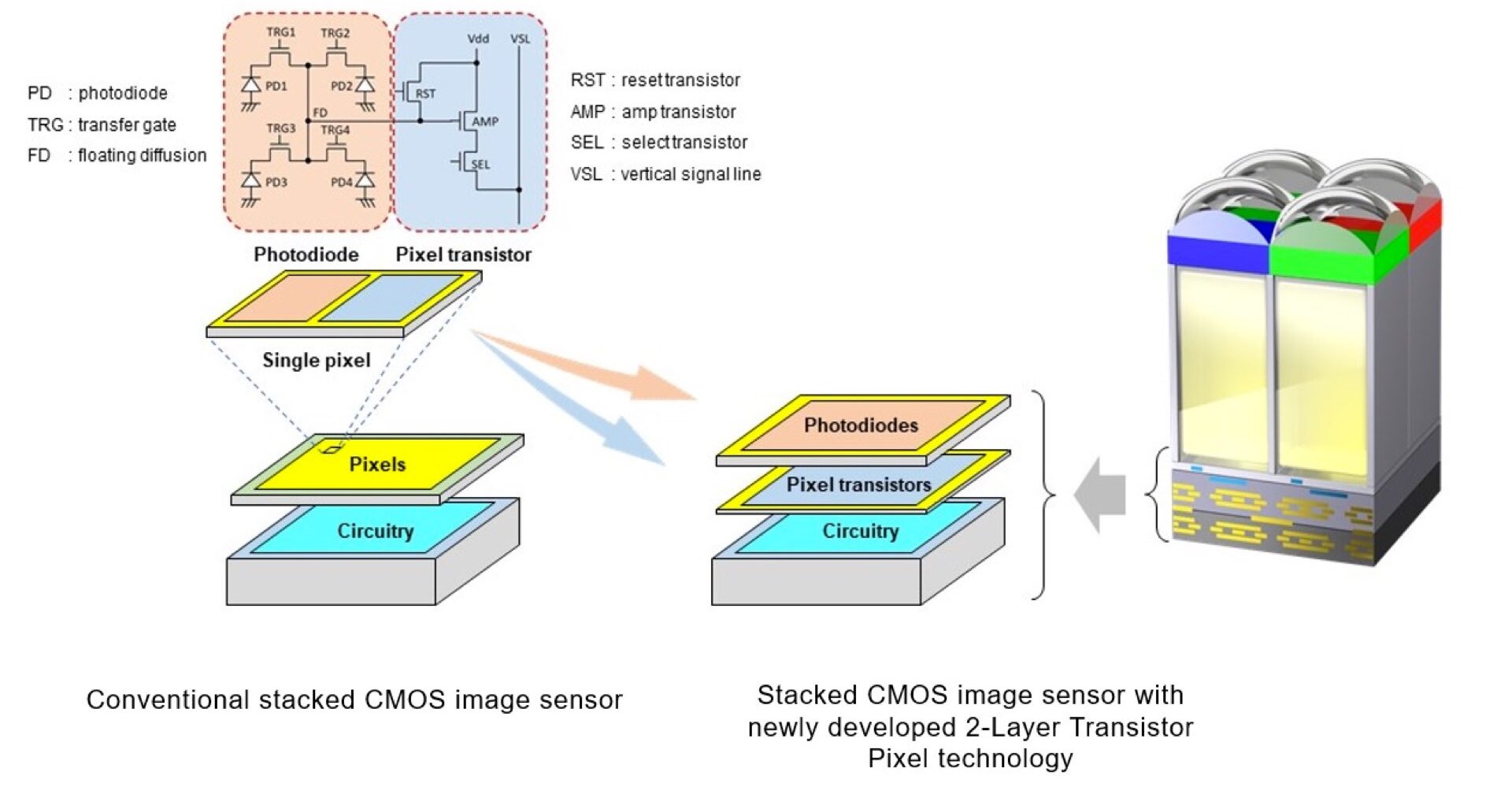
Advancement in a stacked design
Without deep diving into the details, Sony elaborated that this new architecture is an advancement in stacked CMOS image sensor technology. Using its proprietary stacking technology, Sony packaged the photodiodes and pixel transistors on separate substrates stacked one atop the other. In conventional stacked CMOS image sensors, by contrast, the photodiodes and pixel transistors sit alongside each other on the same substrate. However, the new stacking technology enables the adoption of architectures that allow the photodiode and pixel transistor layers to be optimized, thereby approximately doubling the saturation signal level relative to conventional image sensors and, in turn, widening the dynamic range.
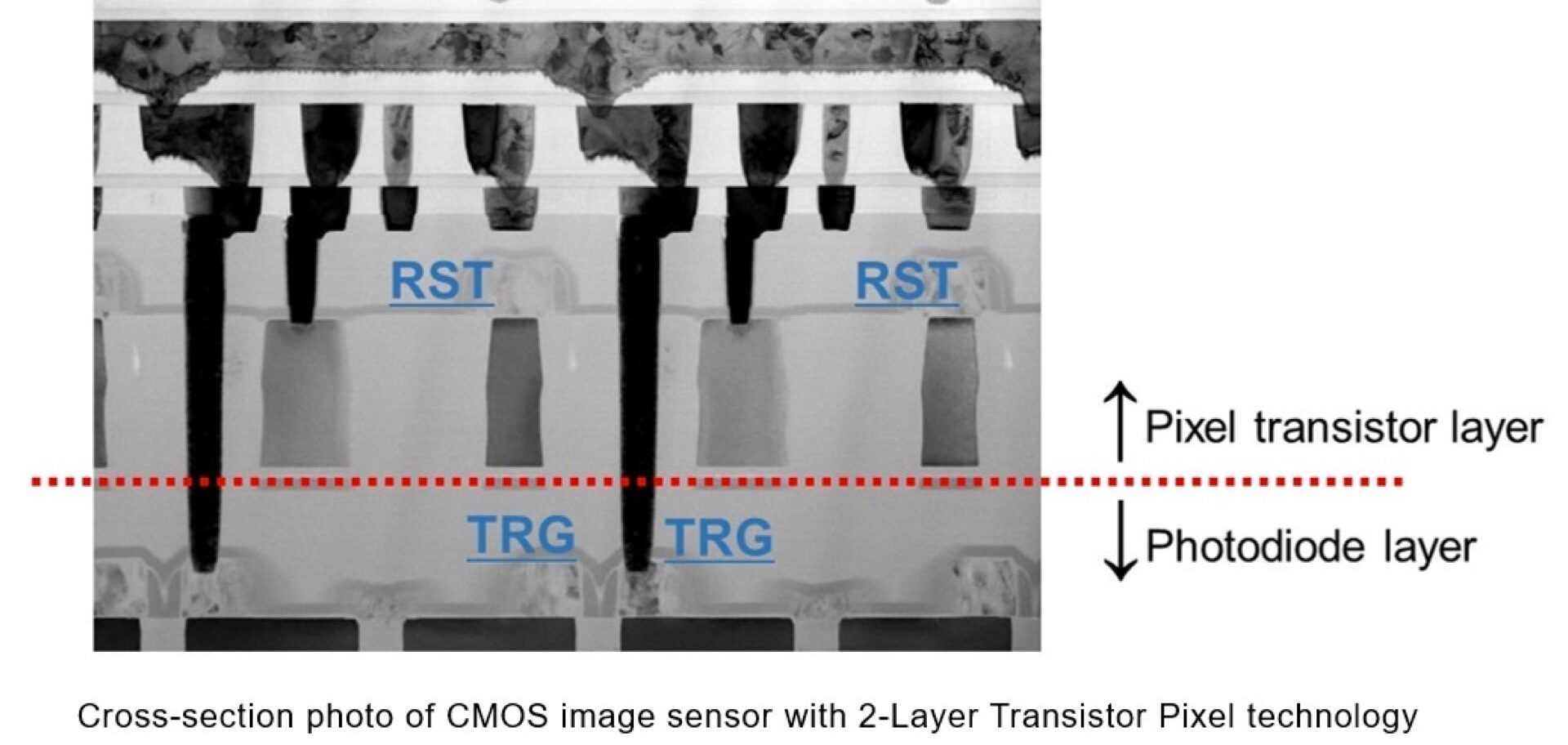
Improving the camera capabilities of the iPhone 15
The widened dynamic range and noise reduction available from this 2-Layer Transistor Pixel new technology will help in shooting underexposure and overexposure images and will enable improved, low-noise capturing in low-light situations. According to Nikkei, the Sony Group will supply Apple with its latest state-of-the-art image sensor, with the component expected to feature in the next series of iPhones that go on sale next year. “Sony’s new image sensor in the next iPhone 15 will capture more light and reduce overexposure or underexposure in certain settings, enabling the camera to clearly photograph a person’s face even if the subject is standing against a strong backlight” said an executive at a components manufacturer. Hence, let’s expect a major breakthrough in the camera capabilities of the next iPhone models.

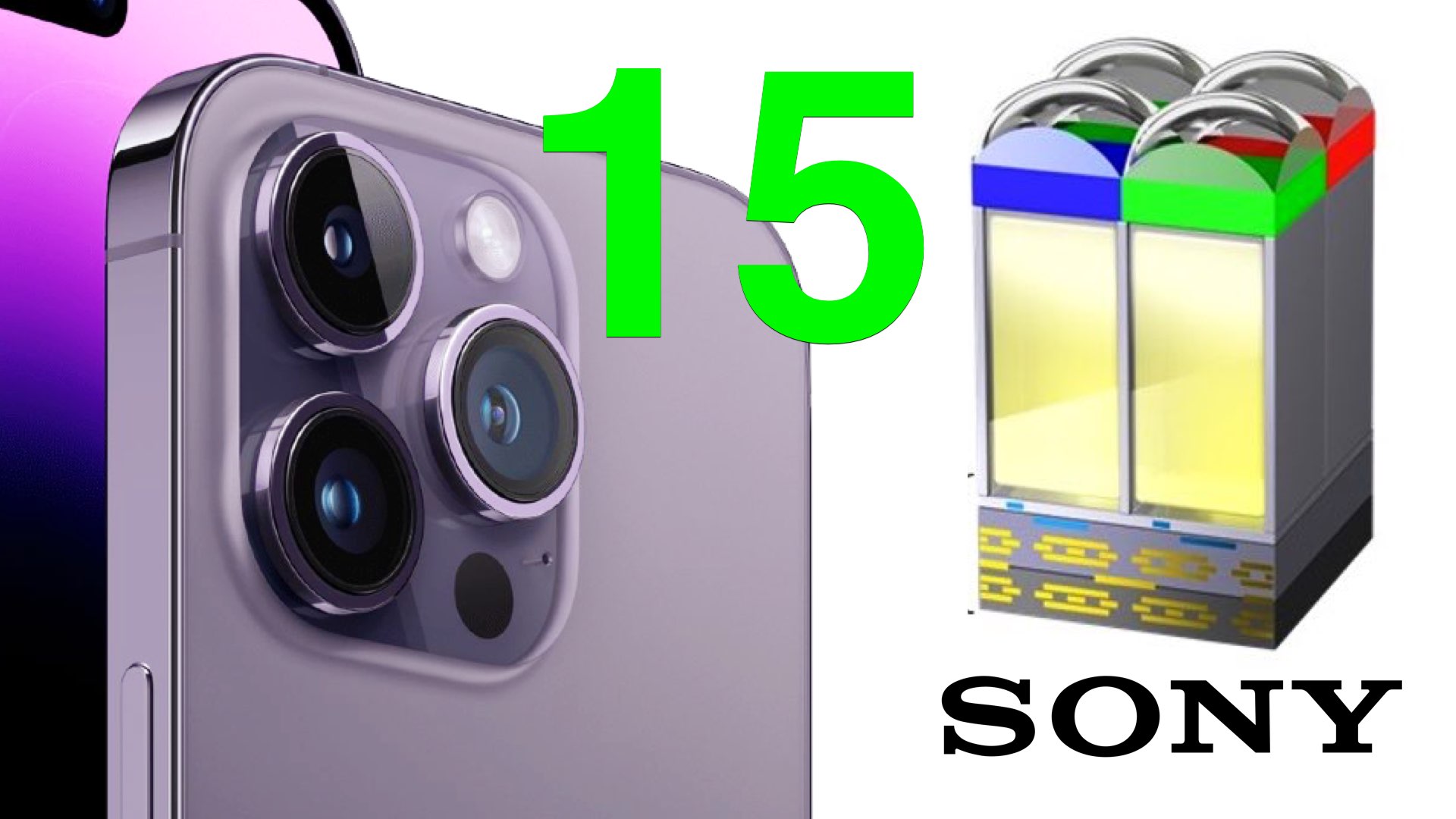
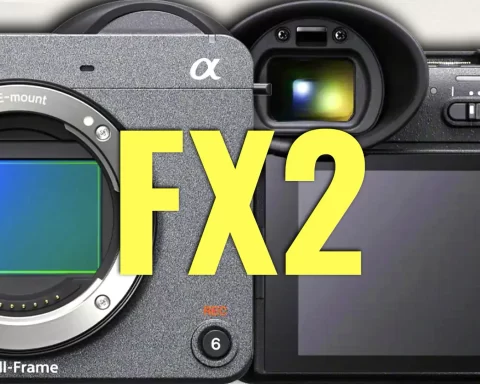
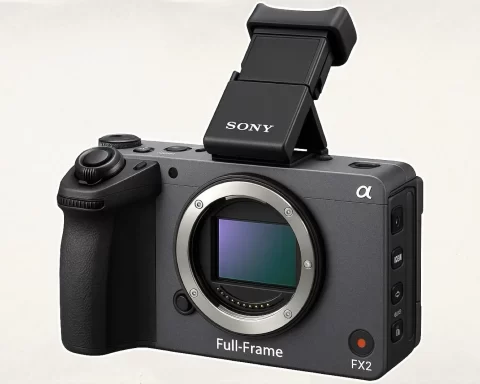


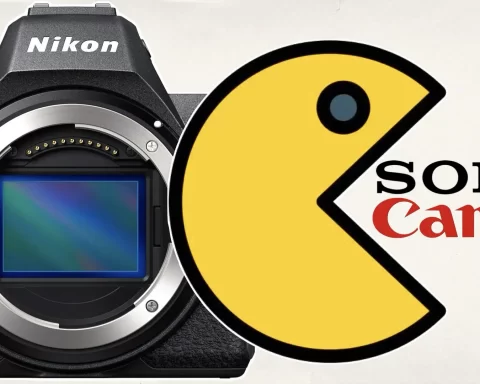



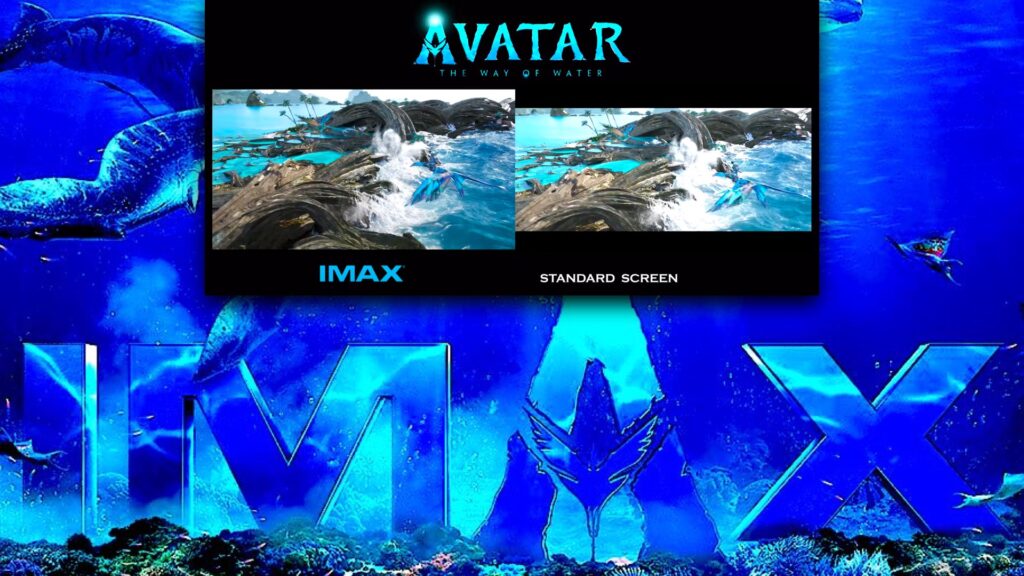

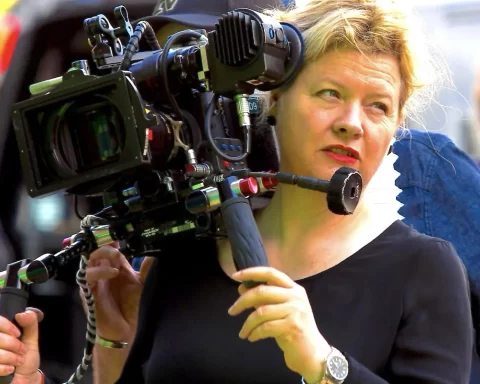





Looking forward to see if this technology will trickle “up” to “real cameras” aka to bigger sensors in the future, and if we will be able to see the improvements there.
thanks for info